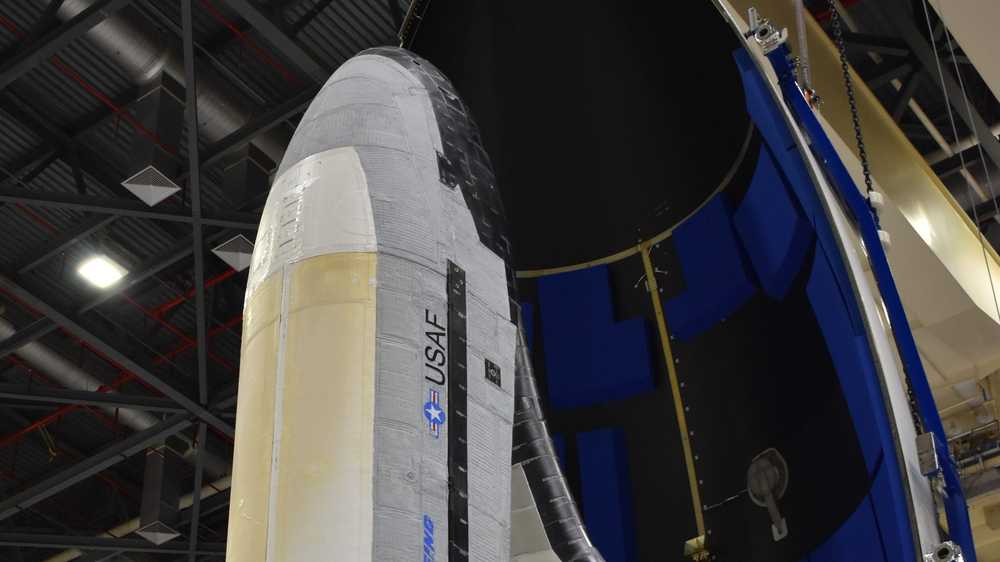Even as dramatic social change has been imposed by COVID-19, the kinds of fraud attacks companies experience and the biometric authentication technologies they use to prevent them have remained basically the same. What has changed is that online volumes of traffic, transactions and authentications have reached levels they were expected to years in the future, BehavioSec VP of Products Jordan Blake told Biometric Update in an interview.
As a result, he says, “timelines are getting advanced.”
Demand is coming from new verticals, according to Blake, as numerous people begin using the online channel to interact with many organizations they never have dealt with that way before.









